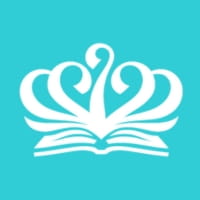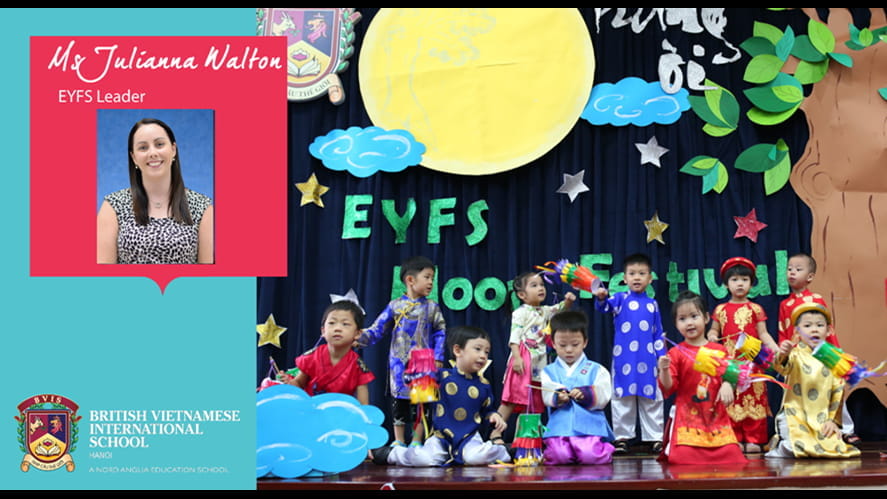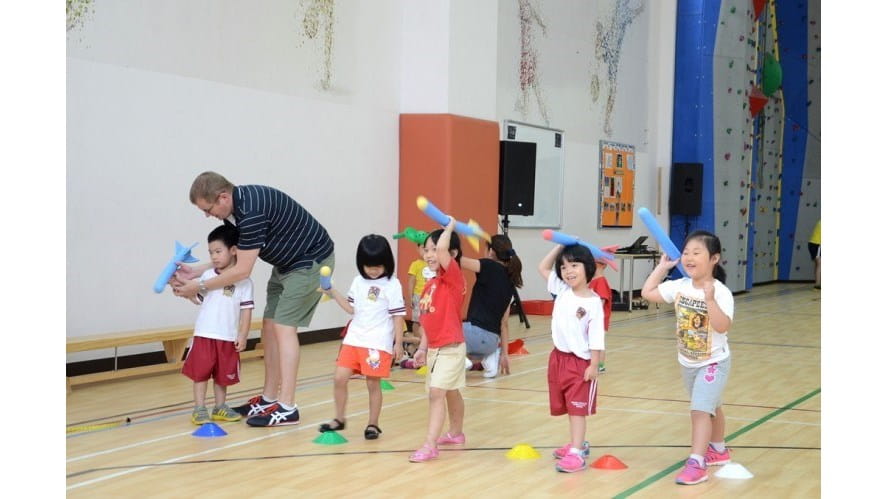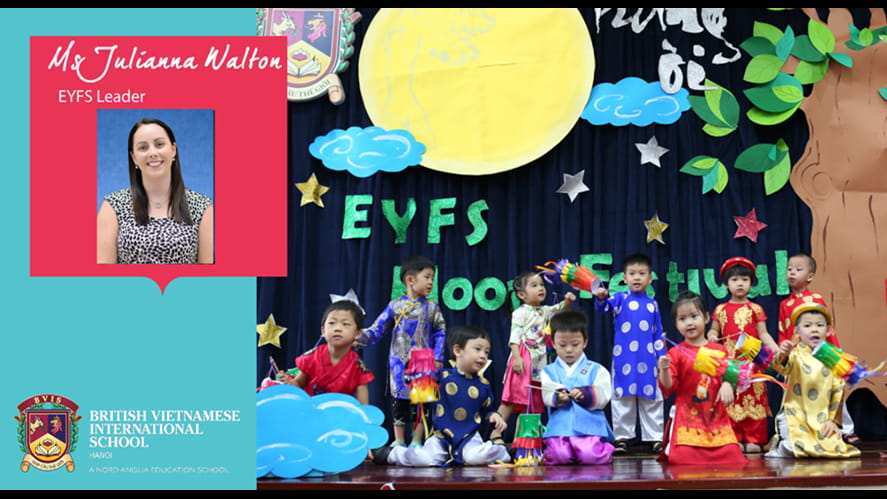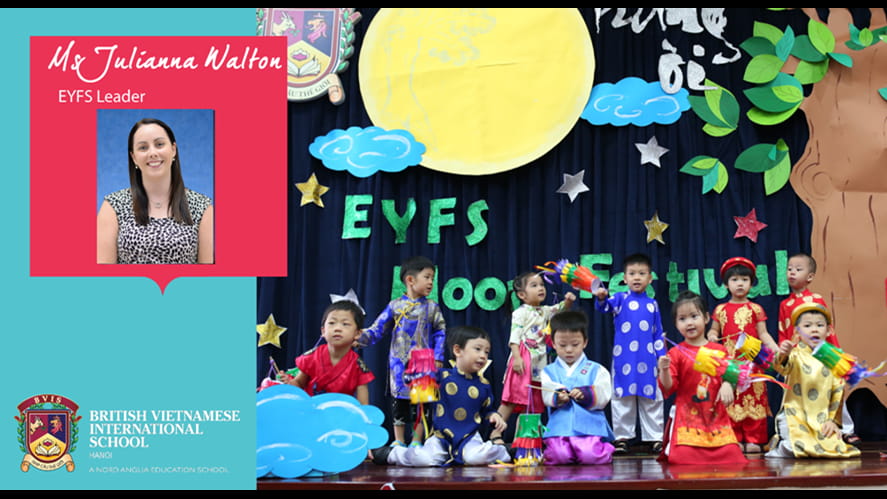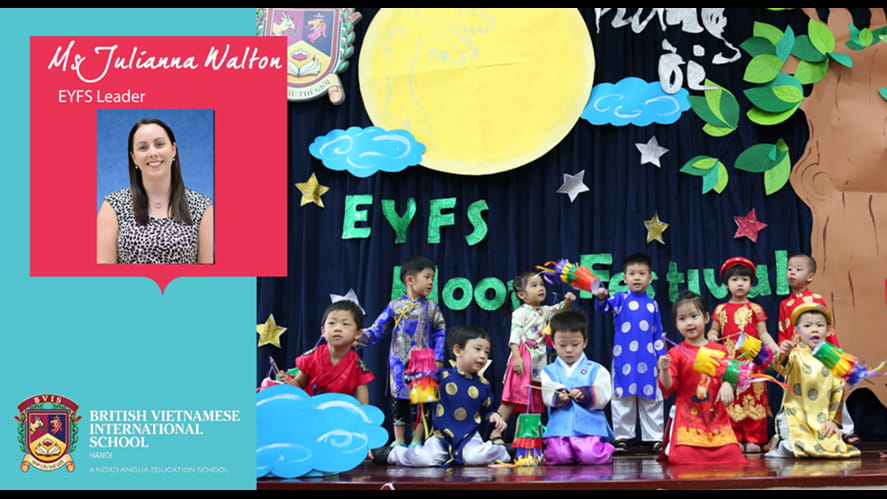Mathematical awareness in the Early Years’
On Thursday, this week we invited all the Early Years’ parents to join us for some mathematical activities. The teachers set up activities around their classrooms. Some of these activities involved sorting shapes, making patterns, completing puzzles, estimate objects in the jars, mark-making numbers and tally charts when counting, problem solving in the home corner, measuring feet in the shoe shop, adding groups of objects together and making clocks.
On Thursday, this week we invited all the Early Years’ parents to join us for some mathematical activities. The teachers set up activities around their classrooms. Some of these activities involved sorting shapes, making patterns, completing puzzles, estimate objects in the jars, mark-making numbers and tally charts when counting, problem solving in the home corner, measuring feet in the shoe shop, adding groups of objects together and making clocks.
Mathematics is so important in the Early Years’ and research from Ginsberg (1999) shows that children engage in some type of mathematical thinking during approximately 43% of their time playing. In Early Years’, the staff provide lots of play activities linked to mathematical thinking and this session was a perfect time for you to see how to support your child with their mathematical learning at home.
At BVIS, we follow the curriculum objectives taken from the ‘Development Matters’ document in the EYFS. It focuses on two main areas of mathematical learning called ‘Numbers and Shape’ and ‘Space and Measure’. Through these objectives, children will learn to apply mathematics in their everyday activities as part of a broad and balanced curriculum.
Some objectives include:
- Reciting number names in order to 10
- Recognising numerals
- Matching numeral and quantity correctly
- Representing numbers using marks on paper
- How to estimate a group of objects
- Find 1 more or less from a group of objects
- Using positional language
- Naming 2D and 3D shapes
- Ordering items by length, height, weight or capacity.
- Using language related to time
- Begin to use language related to money
Handouts were shared on how to support your child by doing simple activities at home such as counting motorbikes, reading number plates, shopping or by sorting vegetables by size and colour for dinner.
We hope you enjoyed this last session of the academic year.
Next week, we will start to have our parent consultation meetings so there will be no extra-curricular clubs now until the end of the term. Please don’t forget to sign up for a meeting with your child’s teachers.
Miss Julie Walton
Head of Early Years
